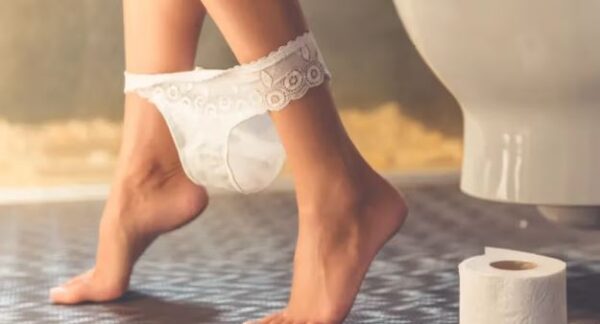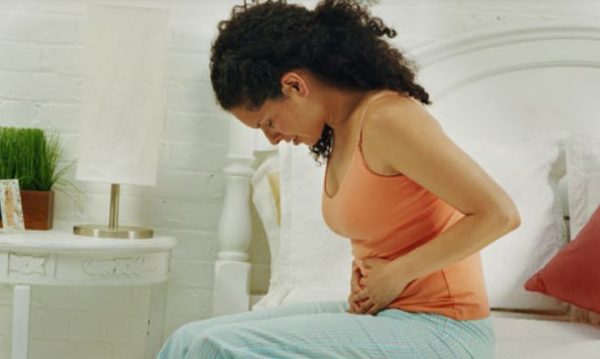Lifestyle
How to clean your v*gina after peeing to prevent bad odour

While many things like lifestyle and health conditions cause UTI risk, toilet habits might play a role.
More than half of all women will have a urinary tract infection (UTI) at some point.
Urine droplets in the vagina can spread to undergarments, causing a bad odour and bacterial growth, which might raise the risk of urinary tract infections (UTI).
Cleaning the vagina as soon as possible after urinating is important for lowering this risk.
How to clean your vagina after peeing
Cleaning can be done in two ways: using toilet paper or tissues to wipe and washing with water.
Tissue paper
Tissue paper absorbs moisture after urinating, but it also produces waste and can irritate the skin and vagina. If not utilised appropriately, it can potentially promote the spread of bacteria.
Water
Urine droplets get removed when the vagina is cleaned with water, but the vagina remains moist and damp, which raises the possibility of bacterial growth.
A bidet – a pipe in the toilet for cleaning your private parts – works perfectly well for the purpose of cleaning the vagina.
Use tissue paper and water together for hygienic purposes.
After urinating, cleanse the vagina with clean water first, then gently wipe it with tissue paper. This lowers the risk of infection and keeps the vagina from becoming wet.
A study looked at whether wiping direction after using the toilet is linked to UTI risk.
They filled out a survey about how they wiped after using the toilet and any past UTIs they’d had.
A total of 294 people (141 men and 153 women) took part. Of these, 32 men (23%) and 68 women (44%) reported wiping from the front, reaching between their legs.
Women reported more UTIs than men. Around 40–50% of women wipe from the front.
This habit might increase UTI risk in middle-aged women, so wiping from behind could be a better option to help reduce this risk.
In conclusion, the direction of wiping with tissue also increases the risk of infection, so it’s best to use both tissue and water.







